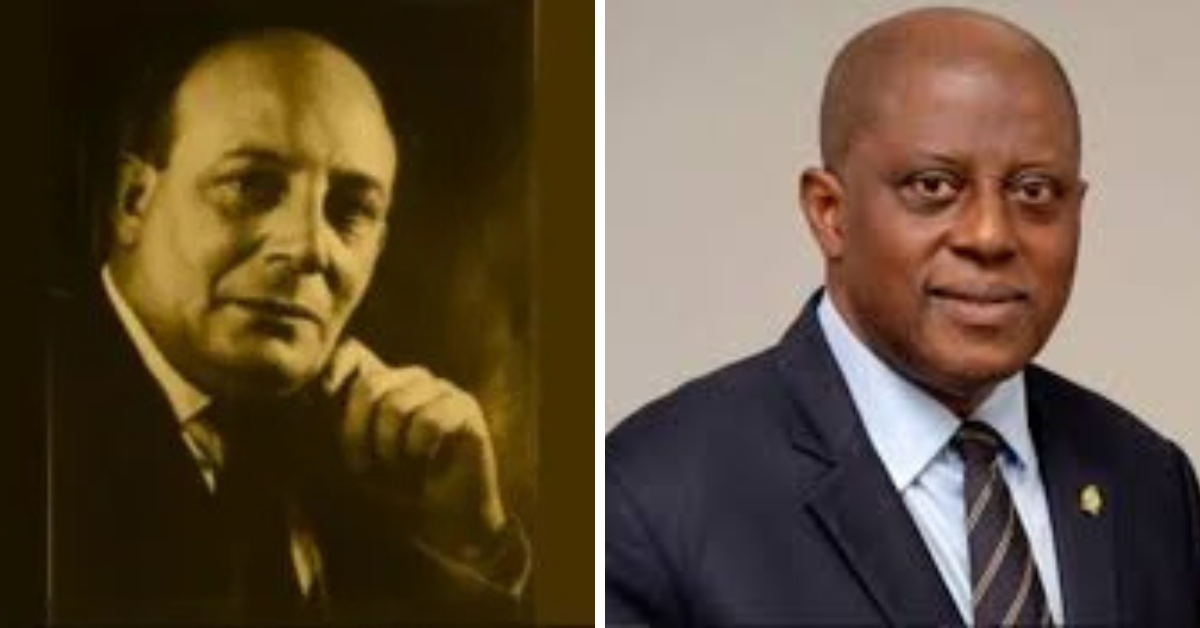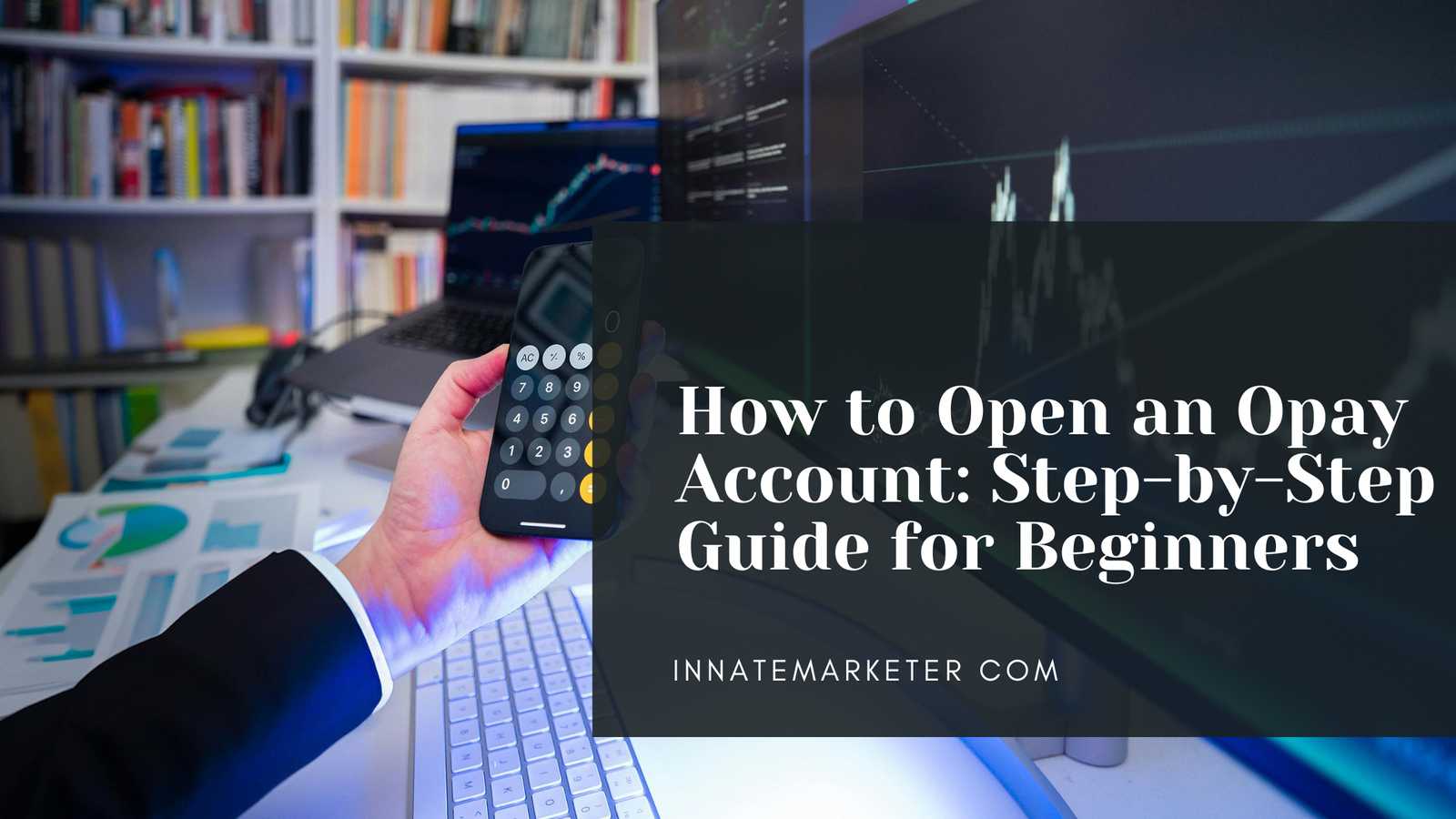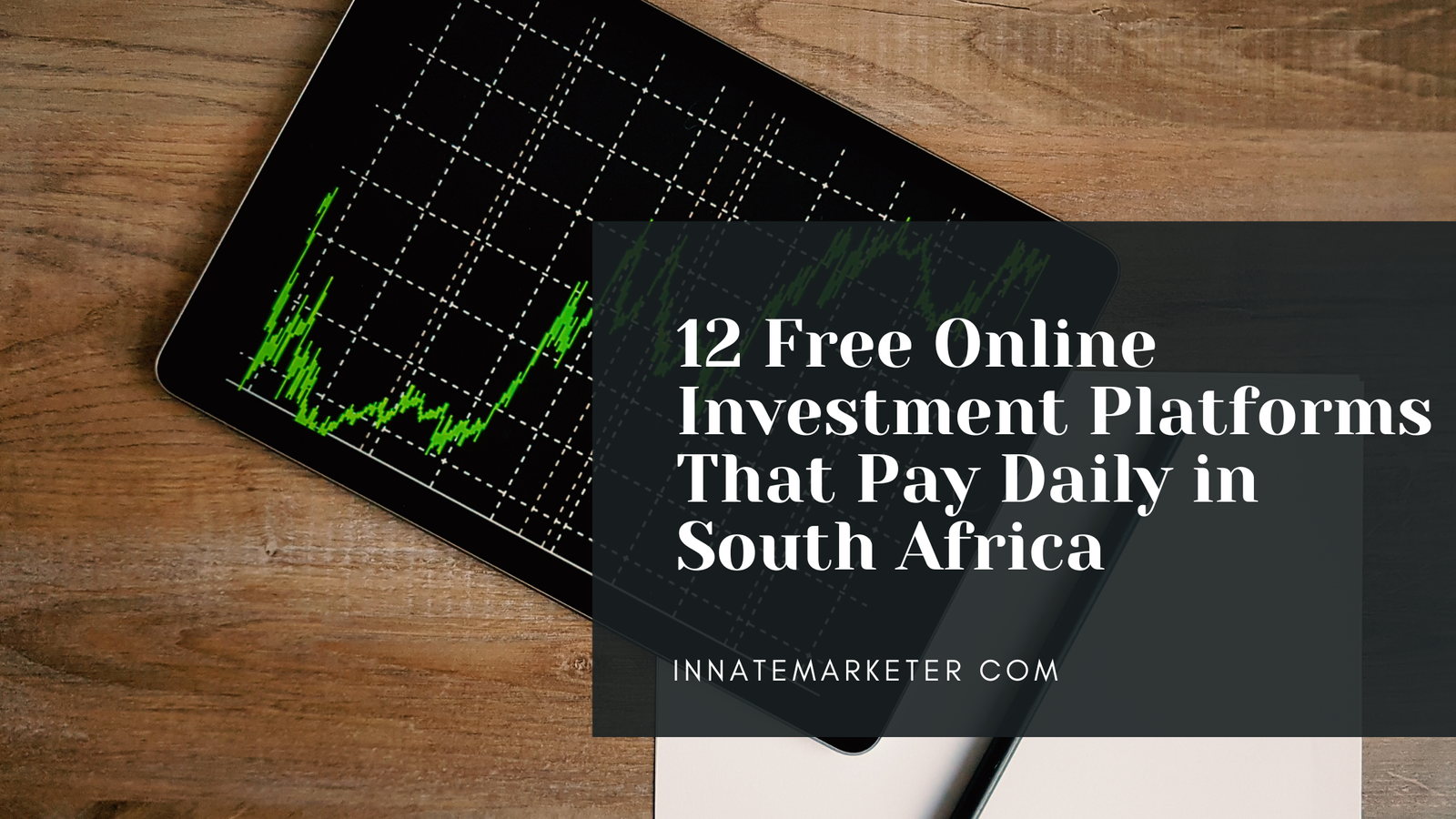Since Nigeria gained independence in 1960, the Central Bank of Nigeria (CBN) has played a crucial role in shaping the country’s financial system. Over the years, several governors have led the apex bank, each implementing policies to stabilize the economy, regulate financial institutions, and drive monetary reforms. From the first indigenous governor, Alhaji Aliyu Mai-Bornu, to the current governor, Olayemi Cardoso, the leadership of the CBN has evolved, reflecting Nigeria’s economic and political landscape.
This article provides a comprehensive list of CBN governors from 1960 till date, highlighting their tenure and contributions to Nigeria’s financial sector.
Names Of CBN Gobernors From 1960 Till Date
The Central Bank of Nigeria is a body that is a body that is responsible for issuing legal tendency currency and generally promoting a sound financial system in the country.
At the apex of this bank is a Governor who performs various duties some of which include issuing of policies, guidelines, and regulations.
In this article, we’ll look at the different individuals that have acted as governor of the Central Bank of Nigeria since from the year 1960 till date.
1. Roy Pentelow Fenton (July 24, 1958 – July 24, 1963)
Roy Pentelow Fenton was the first Governor of the Central Bank of Nigeria having served for five years from July 24, 1958, to July 24, 1963.
Not much is known about Roy Pentelow Fenton except for the fact that he was the first and only foreigner to serve as Governor of the Central Bank of Nigeria, and that he played a huge role in the growth of the bank especially during Nigeria’s transition to independence.
2. Mallam Aliyu Mai Bornu (July 25, 1963 – June 22, 1967)
Mallam Aliyu Mai Bornu took over from Roy Pentelow Fenton and served as Governor for fours years from July 25, 1963, to June 22, 1967.
Mallam Aliyu Mai Bornu was born in February 1919 in Yola, Adamawa State, Nigeria. He acquired both his primary and secondary education in Yola before moving to the Kaduna College in Kaduna where he graduated as an English language teacher in 1942.
From 1942 to 1953, Mallam Aliyu Mai Bornu worked as an English language teacher before moving to the United Kingdom to attend the Bristol University in London after earning a scholarship to study Economics.
After graduating from Bristol University in 1957, Mallam Aliyu Mai Bornu returned to Nigeria and worked with the Northern Nigeria Public Service where he worked as an Administrative Officer between 1957 and 1959. He also worked in the Ministry of Finance and Trade as well as the Public Service Commission.
At the time the Central Bank of Nigeria began operations in 1959, Mallam Aliyu Mai Bornu was made an Assistant Secretary.
He however worked his way to the top and was eventually appointed as Governor of the bank in 1963, becoming the first indigenous Nigerian to occupy that position.
3. Dr Clement Nyong Isong (August 15, 1967 – September 22, 1975)
Dr Clement Nyong Isong was the third Governor of the Central Bank of Nigeria and he occupied the position for eight years from August 15, 1967, to September 22, 1975.
Dr Clement Nyong Isong was born on April 20, 1920, in Eket, Akwa Ibom State, Nigeria. He attended both Qua Iboa Primary School and Oron Training Institute before attending the University College, Ibadan, where he acquired a diploma in Education.
In 1954, Nyong Isong obtained a Bachelor’s degree in Economics from Iowa Wesleyan College and later went on to obtain a Ph.D. in Economics from the Harvard Graduate School of Arts and Sciences.
During his time at the Central Bank of Nigeria, Dr Clement Nyong Isong started as a secretary before moving in the ranks, first to the position of Director of Research and later to the position of Governor.
4. Adamu Ciroma (September 24, 1975 – June 28, 1977)
Adamu Ciroma occupied the position of Governor of the Central Bank of Nigeria for two years from September 24, 1975, to June 28, 1977.
Adamu Ciroma attended Bawera College in Zaria before moving on to acquire a Bachelor’s degree in History from the University of Ibadan.
After his two-year tenure as Governor of the Central Bank of Nigeria, Adamu Ciroma pursued other interest in business and politics. He was a board member of different companies and also worked in different ministries like the Ministry of Finance, the Ministry of Agriculture, and the Ministry of Industry.
5. Olatunde Olabode Vincent (June 28, 1977 – June 28, 1982)
Olatunde Olabode Vincent was the fifth Governor of the Central Bank of Nigeria. His tenure lasted for five years from June 28, 1977, to June 28, 1982. Olatunde Olabode Vincent was born in May 16, 1925.
Between 1942 and 1946, Vincent worked in the Nigerian Armed Force and from 1946 up until 1956, he worked in the Financial Secretary’s Office in Lagos. Between 1961 and 1966, he worked as an Assistant General Manager and General Manager at the Central Bank of Nigeria before moving his way up to become the Governor in 1977.
6. Alhaji Abdulkadir Ahmed (June 28, 1982 – September 30, 1993)
Alhaji Abdulkadir Ahmed served as the Governor of the Central Bank of Nigeria for eleven years from June 28, 1982, to September 30, 1993. He was born on October 31, 1940, in Jama’are, Bauchi State, Nigeria.
His work experiences include working at the New Nigerian Development Company and NNDC where he worked as an Area Accoutant and Financial Controller.
7. Dr. Paul Agbai Ogwuma (October 1, 1993 – May 29, 1999)
Dr. Paul Agbai Ogwuma was born on April 24, 1932, in Abayi, Abia State, Nigeria. He acquired primary and secondary education in Nigeria before moving to the United Kingdom where he studied at Bradford University, London.
Dr. Paul Agbai Ogwuma is a banker and chartered accountant and some of the places he worked in before becoming Governor of the Central Bank of Nigeria include the Board of Trade, the Industrial and Commercial Corporation, and Union Bank of Nigeria.
8. Joseph Oladele Sanusi (May 29, 1999 – May 29, 2004)
After the departure of Dr. Paul Agbai Ogwuma, Joseph Oladele Sanusi took over as Governor of the Central Bank of Nigeria in 1999 and served until 2004.
Joseph Oladele Sanusi was an accountant by profession and was also a member of the Nigerian Institute of Bankers as well as the Institute of Chartered Accountant (ICAN)
9. Prof. Chukwuma Soludo (May 29, 2004 – May 29, 2009)
Prof. Chukwuma Soludo graduated from the University of Nigeria, Nsukka, with a first class degree and later worked as a lecturer in the university.
Prof. Chukwuma Soludo’s work experience include working as a consultant for renowned organizations like African Development Bank, European Union, United Nations, and World Bank. He is currently the Governor of Anambra State.
10. Mallam Sanusi Lamido Sanusi (June 3, 2009 – February 20, 2014)
Mallam Sanusi Lamido Sanusi was born on July 31, 1961, in Kano State, Nigeria. He acquired a Bachelor’s degree in Economics at the Ahmadu Bello University, Zaria, and also studied Islamic Law at the International University of Africa.
Following his suspension as Governor of the Central Bank of Nigeria, Mallam Sanusi Lamido Sanusi became the Emir of Kano and ruled for six years.
11. Sarah Omotunde Alade (February 2014 – June 2014)
After the suspension of Mallam Sanusi Lamido Sanusi, Sarah Omotunde Alade was made the acting Governor of the Central Bank of Nigeria. She had the shortest reign of any Governor of the Central Bank of Nigeria, ruling for just four months from February 2014 to June 2014, before the appointment of Godwin Emefiele.
12. Godwin Emefiele (June 3, 2014 – June 9, 2023)
Godwin Emefiele was appointed in June 2014 to take over from Sarah Omotunde Alade who acted as an Acting Governor following the suspension of Mallam Sanusi Lamido Sanusi. He was also suspended by President Bola Ahmed Tinubu shortly after assuming office.
13. Yemi Cardoso (September 15, 2023 – till date)
Yemi Cardoso is the thirteenth and the new Governor of the Central Bank of Nigeria. He was appointed on September 15, 2023, by President Bola Ahmed Tinubu to serve as the Governor of the bank.
What Are the Names of the CBN Governors?
The Central Bank of Nigeria (CBN) has had several governors since its establishment. Below is a list of all the governors from 1960 till date:
- Roy Pentelow Fenton (1958–1963) – First CBN governor (British)
- Alhaji Aliyu Mai-Bornu (1963–1967) – First indigenous CBN governor
- Dr. Clement Isong (1967–1975)
- Mallam Adamu Ciroma (1975–1977)
- Olatunde Akanni Odunjo (Acting, 1977)
- Shehu Usman (1977–1978)
- Ola Vincent (1978–1982)
- Abdulkadir Ahmed (1982–1993)
- Dr. Paul Agbai Ogwuma (1993–1999)
- Joseph Sanusi (1999–2004)
- Prof. Charles Chukwuma Soludo (2004–2009)
- Sanusi Lamido Sanusi (2009–2014)
- Godwin Emefiele (2014–2023)
- Olayemi Cardoso (2023–Present)
Who Was the Former Governor of the Central Bank of Nigeria?
The immediate past Governor of the CBN before the current one was Godwin Emefiele. He served from 2014 to 2023 before being succeeded by Olayemi Cardoso.
Who Was the Last British Governor-General to Rule Nigeria Before 1960?
The last British Governor-General of Nigeria before independence was Sir James Wilson Robertson. He served from 1955 to 1960 and handed over power to Dr. Nnamdi Azikiwe on October 1, 1960 when Nigeria became independent.
Related:
- Who Is The First Governor Of Central Bank Of Nigeria
- Who is the new Governor of Central Bank of Nigeria
- Best CBN Governor In Nigeria
- Names Of CBN Gobernors From 1960 Till Date
Who Is the First Indigenous CBN Governor in Nigeria?
The first indigenous Governor of the Central Bank of Nigeria was Alhaji Aliyu Mai-Bornu. He took over from Roy Pentelow Fenton in 1963 and served until 1967.
Who Is Nigeria’s First Indigenous Governor-General?
Nigeria’s first indigenous Governor-General was Dr. Nnamdi Azikiwe. He assumed the role in 1960, marking Nigeria’s transition to self-rule before becoming the country’s first President in 1963 when Nigeria became a republic.
Who Was the CBN Governor During Abacha?
During General Sani Abacha’s military rule (1993–1998), the CBN Governor was Dr. Paul Agbai Ogwuma. He served from 1993 to 1999, overseeing Nigeria’s financial system during a period of economic challenges and strict monetary policies.
Who Was the CBN Governor During Obasanjo?
During President Olusegun Obasanjo’s tenure (1999–2007), two CBN Governors served:
- Joseph Sanusi (1999–2004)
- Prof. Charles Chukwuma Soludo (2004–2009) – Introduced major banking reforms, including the bank consolidation policy.
How Many States Did Abacha Create in Nigeria?
General Sani Abacha created six new states in Nigeria on October 1, 1996. These states are:
- Bayelsa
- Ebonyi
- Ekiti
- Gombe
- Nasarawa
- Zamfara
This increased the total number of states in Nigeria from 30 to 36, which remains unchanged today.
Who Was the Governor During the Yaa Asantewaa War?
The Yaa Asantewaa War (1900–1901) was fought in the Ashanti Empire (now Ghana) against British colonial forces. At the time, the British Governor of the Gold Coast (modern-day Ghana) was Sir Frederick Hodgson.
The war was led by Queen Mother Yaa Asantewaa, who rallied the Ashanti people in an uprising against British rule.
Tools:
- Pinterest Hashtags Generator
- Enterprise SEO ROI Calculator
- Cryptocurrency Live Chart
- Amazon CPC Calculator
- CPM Calculator
- Engagement Rate Calculator
- Facebook Ads ROI Calculator
- Facebook Revenue Calculator
- Google Ads ROI Calculator
- Google Website Earnings Calculator
- Marketing Metrics Calculator
- Impressions Calculator
- Social Media Budget Calculator
- Website Traffic Growth Calculator




